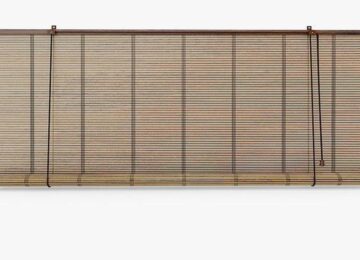If you’ve decided to install artificial grass, there are some things you should do to ensure that it looks great and lasts a long time. Here are some tips:
- Choose the right type of artificial grass: There are different types of artificial grass, each with its strengths and weaknesses. Some are better suited for high-traffic areas, while others are more suited for areas with pets or children. Do your research and choose the type of artificial grass that will work best for your specific needs.
- Prepare the area: Before you install the artificial grass, you need to prepare the area properly. This includes removing any existing grass, weeds, or debris, and ensuring that the ground is level and compacted.
- Install a weed barrier: To prevent weeds from growing through the artificial grass, it’s important to install a weed barrier. This can be a layer of landscaping fabric or a special weed barrier material.
- Hire a professional installer: While it’s possible to install artificial grass yourself, it’s often better to hire a professional installer. They have the tools and expertise to ensure that the installation is done properly and that the artificial grass looks great.
Why Most People Will Never Be Great At Artificial Grass?
Artificial grass may seem like a simple solution to a lawn that requires a lot of maintenance, but it’s not as easy as it seems. Here are some reasons why most people struggle with artificial grass:
- Improper installation: If the artificial grass is not installed properly, it can look fake and unnatural. This is why it’s important to hire a professional installer.
- Poor quality artificial grass: Not all artificial grass is created equal. Some lower-quality options may look fake or may not last as long as higher-quality options.
- Lack of maintenance: While artificial grass requires less maintenance than natural grass, it still requires some maintenance to keep it looking great. This includes regularly brushing the grass to keep the fibers upright and removing debris.
- Not choosing the right type of artificial grass: As mentioned earlier, there are different types of artificial grass, each with its strengths and weaknesses. Choosing the wrong type of artificial grass for your specific needs can lead to disappointment.
How To Teach Artificial Grass Better Than Anyone Else?
If you want to teach artificial grass better than anyone else, you need to be knowledgeable about the subject and able to explain it clearly. Here are some tips:
- Do your research: Before you start teaching about artificial grass, do your research and make sure you understand the different types of artificial grass, how it’s installed, and how it’s maintained.
- Be able to explain the benefits: Artificial grass has many benefits, including less maintenance, water conservation, and durability. Be able to explain these benefits clearly and concisely.
- Use visuals: Visuals can be a great tool for teaching about artificial grass. Use photos or videos to show the different types of artificial grass and how it’s installed.
- Address common concerns: Some people may be hesitant to install artificial grass because they are concerned about how it will look or how it will affect the environment. Address these concerns and explain why artificial grass can be a great solution.











